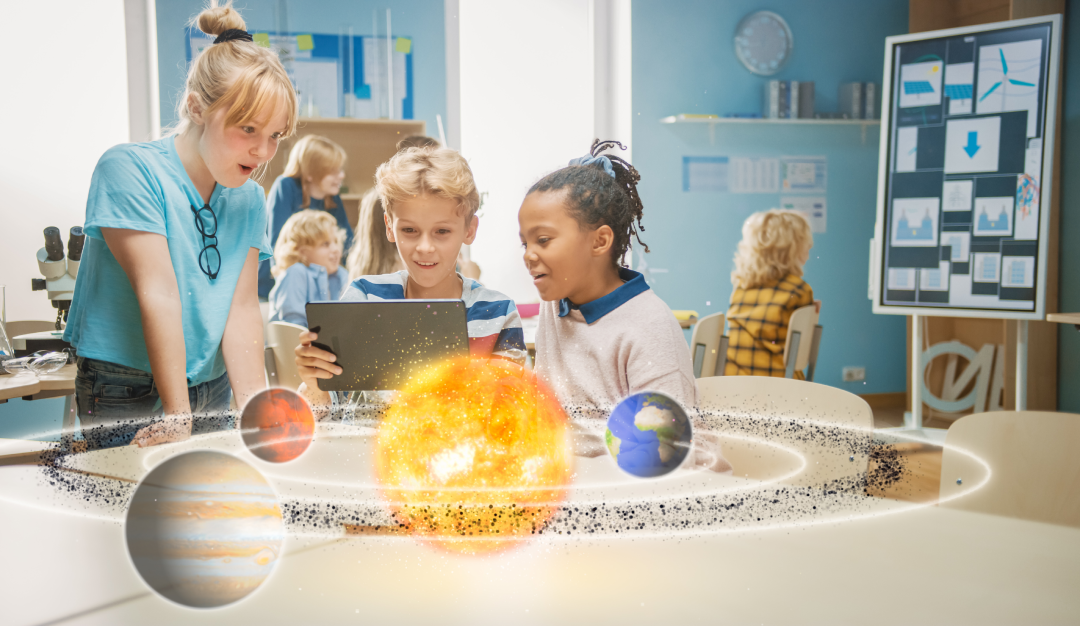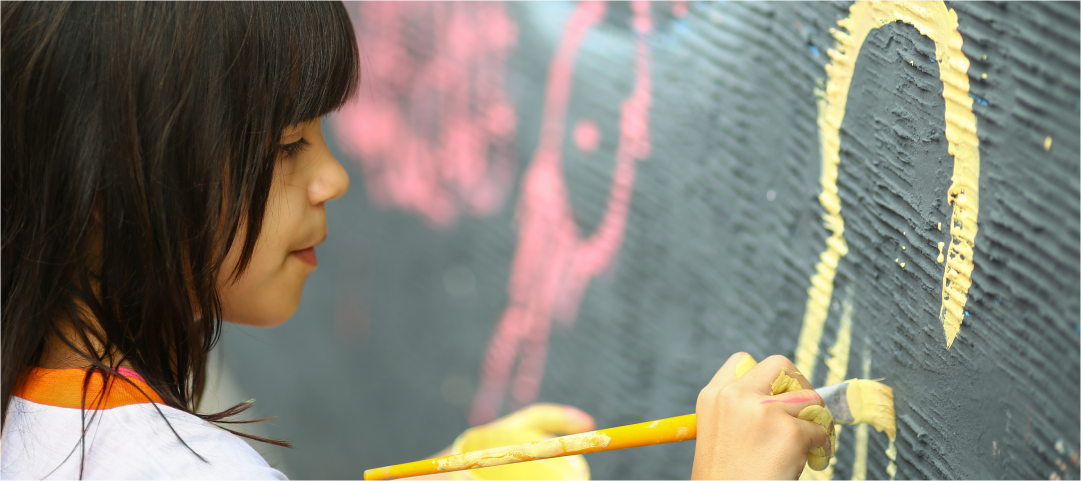
Students are likely to face a variety of challenges in the future, influenced by technological advancements, societal changes, and global trends. Preparing students to navigate these future challenges requires a multifaceted approach that emphasizes not only academic knowledge but also critical thinking, adaptability, emotional intelligence, and practical skills relevant to the evolving demands of the 21st-century world. The inventive capability of the human mind would always be to attenuate resources to the demands of the times. What seemed like science fiction yesterday is a reality today. In future, rapid advancements in technology will allow for customization like never before in school painting. It promises a smart and transformative approach that goes beyond mere aesthetics. Here is a vision of how bespoke colours can shape the educational environment in the future:
Evidence based design:
Schools will use data analytics and feedback mechanisms to assess the impact of bespoke colours on student performance, behaviour, and well-being. We already know that, paint colours and visual stimuli can capture students' attention and enhance engagement with the material being taught. Bright, visually appealing environments can make learning more enjoyable and memorable. Evidence-based design strategies will inform future colour decisions, ensuring that learning environments are optimized for student success. Bespoke colours will be chosen not just for their visual appeal but also for their impact on learning and well-being. Schools will use colour psychology to tailor environments to students' needs, with calming colours for concentration, stimulating hues for creativity, and soothing tones for relaxation. Colours and spatial design can enhance multi-sensory learning experiences by stimulating different senses simultaneously. For example, incorporating tactile materials, interactive displays, and varied textures into learning spaces can provide students with opportunities for hands-on exploration and kinaesthetic learning.
Smart Coatings:
Materials are designated as ‘smart’ when they interact with the environments and respond to change in controlled ways. Advances in smart coatings and smart painting will enable walls to do more than just provide colour. Imagine smart painting walls equipped with interactive digital displays, augmented reality features, or even embedded sensors that monitor air quality, temperature, and noise levels, creating healthier and more engaging learning spaces. Thus, painting smart will empower passive design features and take sustainability of buildings to the next level. Schools will collaborate with designers, architects, scientists, and technology experts to push the boundaries of painting smart, creating dynamic and inspiring educational spaces for generations to come.

Artistic Expression:
Engaging in artistic activities encourages students to think creatively, explore new ideas, and experiment with different approaches, fostering innovation and originality. It provides a constructive outlet for students to express their emotions, thoughts, and experiences, promoting self-awareness, emotional regulation, and psychological well-being. Artistic expression can empower them to face challenges of the future. Bespoke colours will celebrate artistic expression and creativity, inviting students to participate in the design process murals, graffiti walls, and interactive art installations. Schools will embrace diversity and inclusion, reflecting a range of cultural influences and perspectives in their colour palettes. Bespoke colours will seamlessly integrate with emerging technologies such as 3D printing and nanotechnology, allowing for intricate designs and patterns that were previously impossible. Schools may leverage virtual reality tools to visualize colour schemes and design concepts before implementation.

